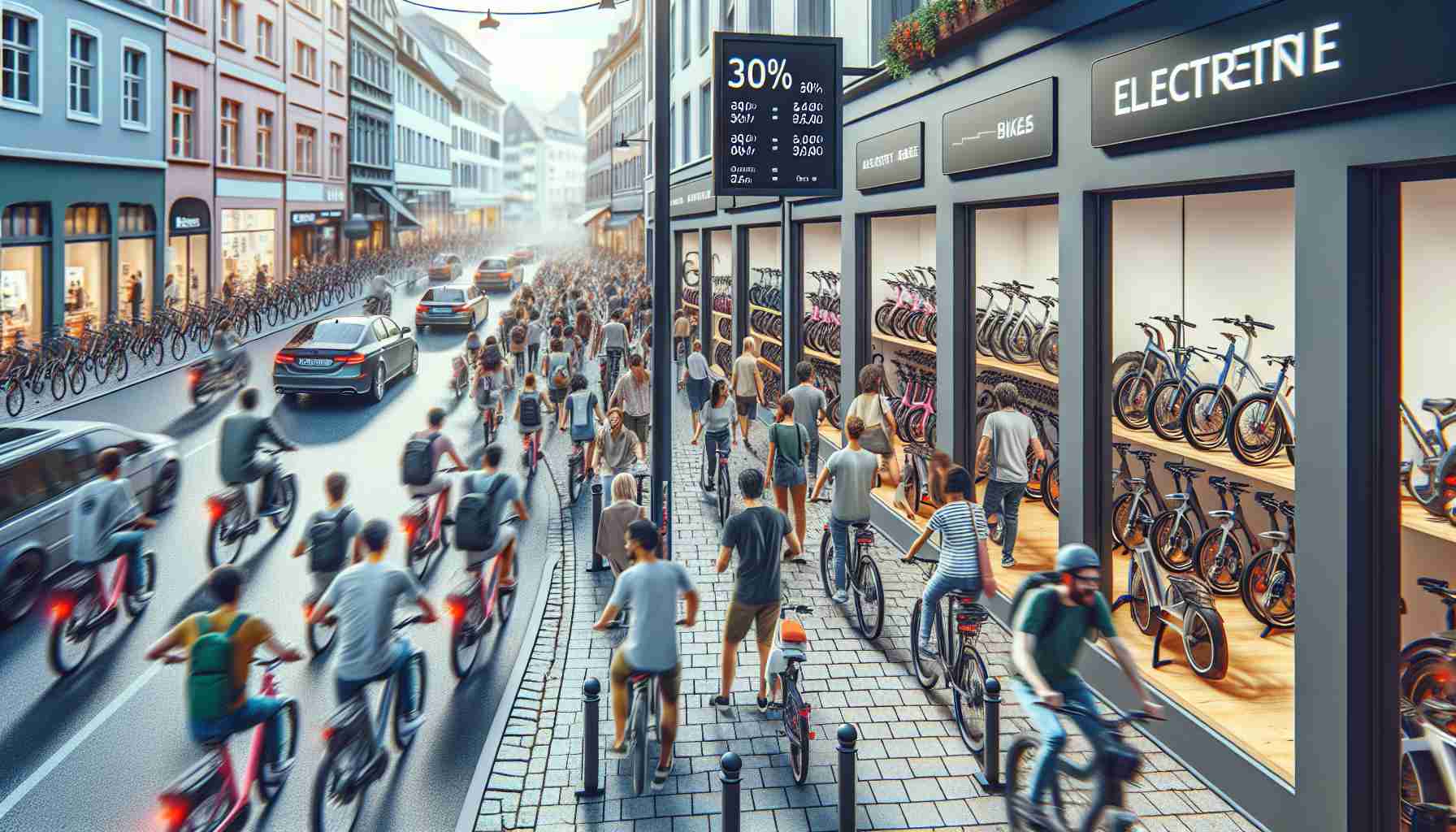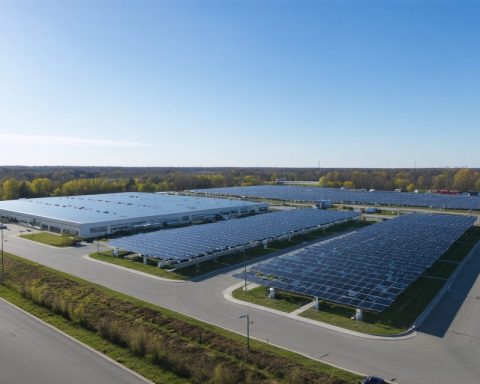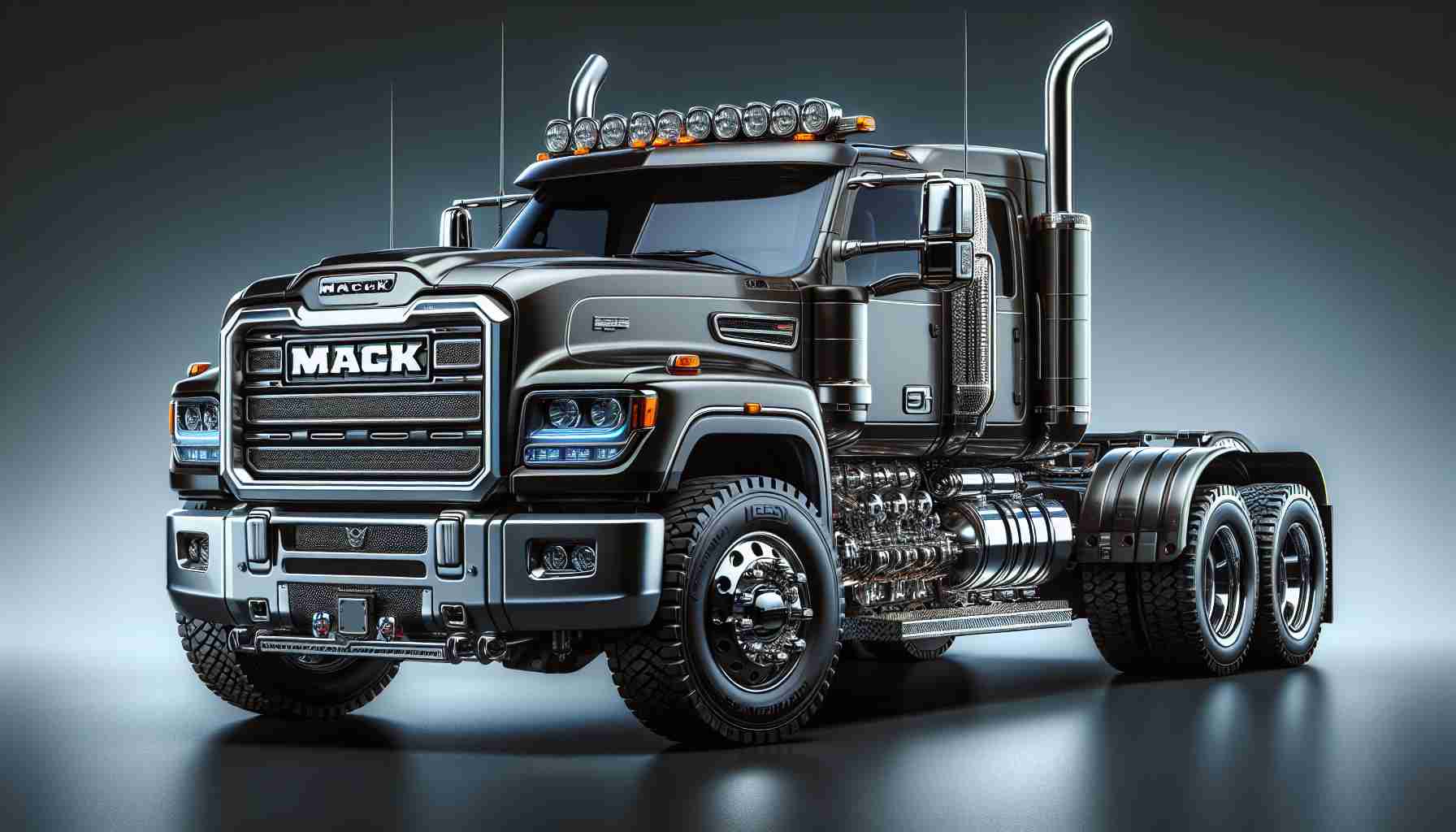The revolution of electric bikes (E-Bikes) in Germany has achieved a remarkable feat, with E-Bike sales surpassing those of traditional bicycles in 2023, as reported by the Bicycle Industry Association (ZIV). In an extraordinary shift, E-Bikes accounted for 53% of the market, with a staggering total of 2.1 million units sold, while sales of regular bicycles stood at 1.9 million.
This significant milestone, which was predicted from the second half of the previous year, highlights the increasing preference for E-Bikes among German consumers. The growth has been particularly astounding considering that E-Bikes only made up slightly over 10% of the market in 2013. Burkhard Stork, managing director of ZIV, recognized the pivotal role played by German bicycle industry companies as pioneers in the global E-Bike market. Stork emphasized the engineering, design, quality, sustainability, and value retention associated with E-Bikes labeled „Engineered in Germany“ and „Made in Europe.“
While overall bicycle sales have experienced a decline, the E-Bike sector has exhibited resilience during challenging economic times. The decrease in E-Bike sales in 2023, compared to the previous year, can be attributed to economic headwinds and a negative consumer climate. However, the ZIV remains optimistic, as E-Bikes have managed to offset a more substantial decline in the bicycle industry. Despite the decrease in sales, the economic value of the industry remains significant, generating €7.06 billion in revenue in 2023.
Specialist bicycle retailers continue to dominate the market, representing 77% of sales. There has been a growing number of bicycles being sold through „cycle to work“ schemes, with estimates suggesting that one in four bicycles are now leased through employers. Additionally, the popularity of E-Cargo bikes is on the rise, resulting in an increase in E-Bike prices, while regular bicycle prices have fallen.
The consistent demand for bicycles in Germany reflects the growing emphasis on cycling as a mode of transportation and leisure. Factors such as escalating costs of mobility, energy, and living standards, coupled with mounting environmental and health concerns, contribute to the enduring popularity of bicycles and E-Bikes. It is essential for policymakers to acknowledge the full potential of bicycles and prioritize them as an integral part of transportation policies.
FAQ-Bereich:
Q: Wie hoch ist der aktuelle Marktanteil von E-Bikes im Vergleich zu traditionellen Fahrrädern in Deutschland?
A: Laut der Bicycle Industry Association (ZIV) machten E-Bikes im Jahr 2023 einen Marktanteil von 53% aus und übertrafen damit traditionelle Fahrräder.
Q: Wie viele E-Bikes wurden 2023 in Deutschland verkauft?
A: In Deutschland wurden insgesamt 2,1 Millionen E-Bikes im Jahr 2023 verkauft.
Q: Wie hoch war der Gesamtverkauf von herkömmlichen Fahrrädern in Deutschland im Jahr 2023?
A: Der Verkauf von herkömmlichen Fahrrädern betrug im Jahr 2023 1,9 Millionen Stück.
Q: Wie hat sich die Beliebtheit von E-Bikes in Deutschland im Laufe der Jahre verändert?
A: Die Beliebtheit von E-Bikes hat in Deutschland stetig zugenommen. Im Jahr 2013 machten E-Bikes etwas mehr als 10% des Marktes aus, während es im Jahr 2023 53% waren.
Q: Welche Faktoren haben zum Wachstum der E-Bike-Verkäufe in Deutschland beigetragen?
A: Faktoren wie Technik, Design, Qualität, Nachhaltigkeit und Werterhaltung, die mit E-Bikes mit dem Label „Engineered in Germany“ und „Made in Europe“ verbunden sind, haben zum Wachstum der E-Bike-Verkäufe beigetragen.
Q: Warum ist der Gesamt-Fahrradverkauf im Jahr 2023 zurückgegangen?
A: Der Rückgang im Fahrradverkauf im Jahr 2023 ist auf wirtschaftliche Herausforderungen und ein negatives Verbraucherklima zurückzuführen.
Q: Welche Umsätze wurden von der Fahrradindustrie in Deutschland im Jahr 2023 erzielt?
A: Die Fahrradindustrie in Deutschland erzielte im Jahr 2023 einen Umsatz von 7,06 Milliarden Euro.
Q: Wer dominiert den E-Bike-Markt in Deutschland?
A: Fachhändler für Fahrräder dominieren den E-Bike-Markt in Deutschland und machen 77% der Verkäufe aus.
Q: Wie werden Fahrräder durch „Fahrrad-Leasing am Arbeitsplatz“ verkauft?
A: Schätzungen zufolge werden mittlerweile ein Viertel der Fahrräder in Deutschland über Arbeitgeber durch „Fahrrad-Leasing am Arbeitsplatz“ verkauft.
Q: Welchen Einfluss haben E-Lastenräder auf den Markt?
A: E-Lastenräder gewinnen in Deutschland an Popularität, was zu steigenden Preisen für E-Bikes und gleichzeitig fallenden Preisen für herkömmliche Fahrräder führt.
Q: Welche Gründe sprechen für die anhaltende Beliebtheit von Fahrrädern und E-Bikes in Deutschland?
A: Faktoren wie steigende Mobilitätskosten, Energiekosten und Lebenshaltungskosten, verbunden mit zunehmenden Umwelt- und Gesundheitsbedenken, tragen zur anhaltenden Beliebtheit von Fahrrädern und E-Bikes bei.
Definitionen:
– E-Bikes: Elektrische Fahrräder, die mit einer Batterie und einem Motor ausgestattet sind und dem Fahrer Unterstützung bieten.
– ZIV: Bicycle Industry Association in Deutschland.
Verwandte Links:
– Bicycle Association: [a href=’https://www.bicycleassociation.org.uk/‘]www.bicycleassociation.org.uk[/a]
– Bike Europe: [a href=’https://www.bike-eu.com/‘]www.bike-eu.com[/a]
– Bicycle Germany: [a href=’https://www.bicyclegermany.com/‘]www.bicyclegermany.com[/a]










